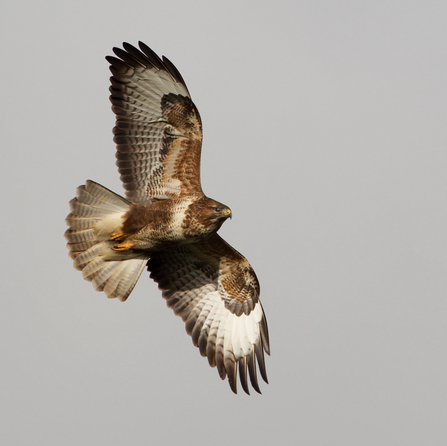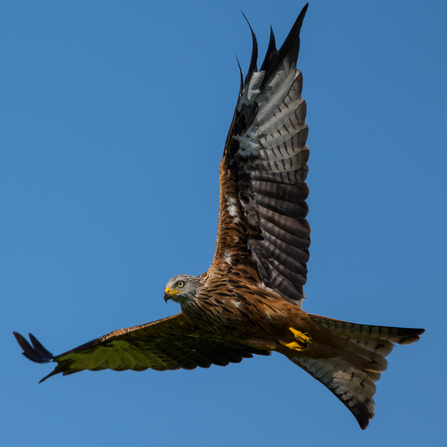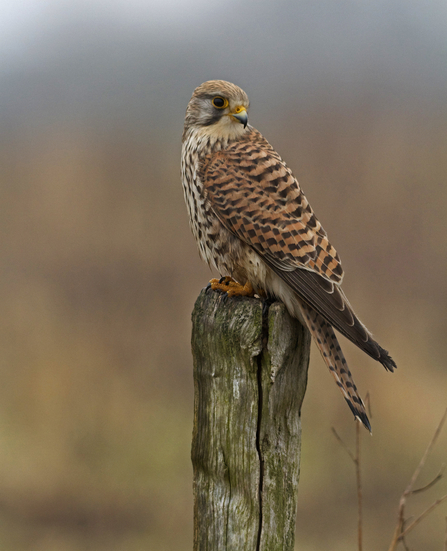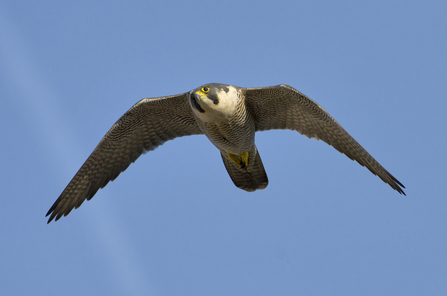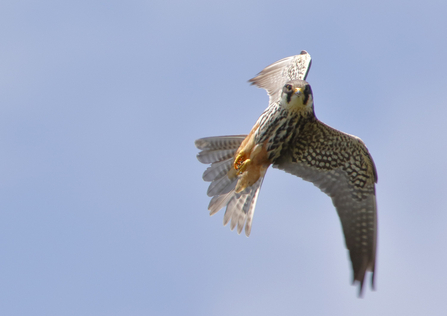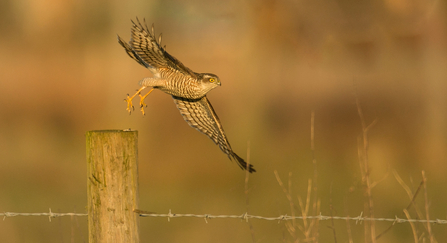Birds of prey are fine-tuned predators, effortlessly soaring high in the skies on the lookout for prey.
We have 15 birds of prey (also known as raptors) species in the UK. Of those, six are currently breeding in Hertfordshire. All of our raptors are carnivores, although some have a particular taste such as the osprey which specialise in fish. Many of the larger birds are scavengers whereas others rely solely on live prey like voles, other rodents or small birds.


